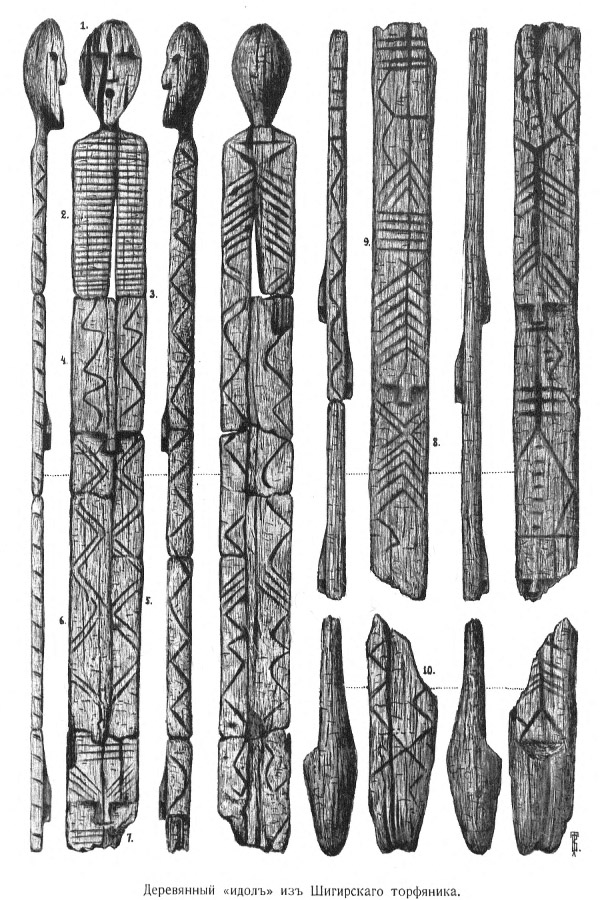Covered in a mysterious code, the Shigir Idol is the oldest wooden structure in the world.
Michael d'Estries - Mother Nature Network - August 30, 2015
Thousands of years before the ancient Egyptians quarried even the first block of granite for the great pyramids, a massive wooden totem nearly 17.5 feet tall fell into a peat bog in the western fringes of Siberia, Russia. There it lay, preserved in a kind of natural time capsule, until it was discovered in 1894.
Called the Big Shigir Idol, the mysterious statue has baffled researchers for decades due to the coded hieroglyphics covering its surface. While some have surmised that it may contain stories about the creation of the world by ancient man, others believe it to be nothing more than decoration. One thing we do know for sure: This thing is old — really, really, old.
Back in 1997, an initial analysis using radiocarbon dating placed the Shigir Idol's age at roughly 9,500 years. A new analysis this year using seven small wooden samples from the Idol placed inside an accelerated mass spectrometer determined it to be 11,000 years old. That's more than twice the age of the Egyptian pyramids or Stonehenge.
cont...
*************************
 |
| Tibetan Swastika |
It's curious that this design resembles the "endless knot" of Tibetan Buddhism, which could have a similar meaning to the "flower of life." I believe that as demographic changes occurred on the "earth island" over millennia, some of the very ancient symbols were left behind in some capacity. Perhaps the incoming Mongols merely discovered the symbols after the last glacial movement? Just last evening on 'Ancient Aliens' (episode 'The Replicants'), it showed a Tibetan symbol which strongly resembled what I call a "Vehmic Rune" within a circle. Within each of the five sections were Tibetan symbols and text I recall. I believe that this was a real ancient rune, which I had thought was Proto-European; but perhaps had a Teutonic origin, or both.
 |
| Teutonic genes in modern Iran |
.


No comments:
Post a Comment